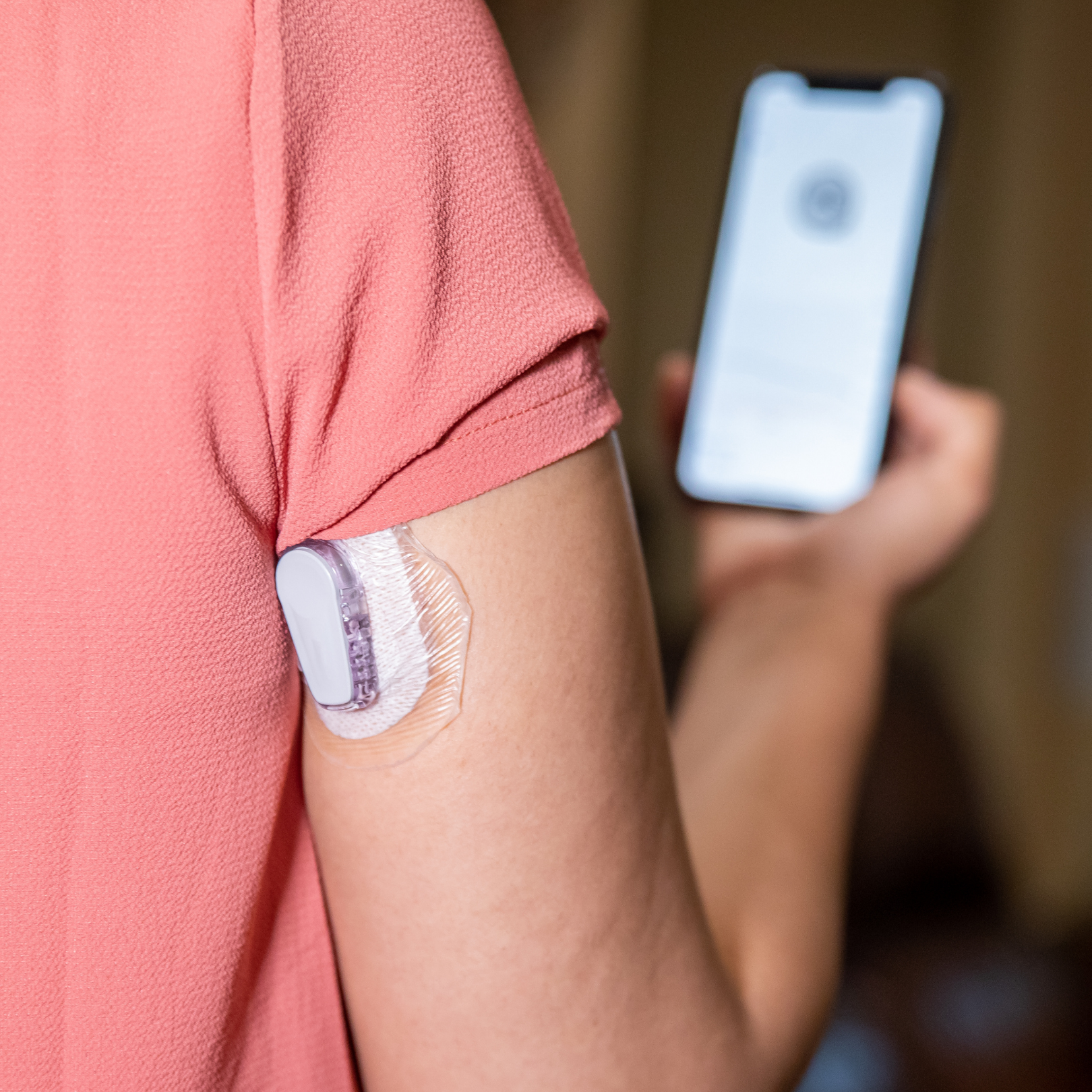News
How to Reduce Your Prediabetes Risk
Prediabetes is a condition where blood sugar levels are higher than normal, but not high enough to be clinically diagnosed as type 2 diabetes. Prediabetes can have serious side effects including an increased risk of heart disease and stroke.
There is consistent evidence that shows the relationship between blood glucose and cardiovascular risk extends into the prediabetes range. While there is not as much evidence that shows treating mild hyperglycemia (prediabetes) reduces risk for these complications, treating prediabetes can help prevent or delay diabetes onset and preserve insulin production function.
What is the Data?
It is estimated that 37.3 million people (11.3% of the US population) have type 2 diabetes. However, 96 million people over the age of 18 are estimated to have prediabetes (which is 38% of the adult US population) and 26.4 million people with prediabetes are over the age of 65. Overall, approximately 25% will progress to diabetes over the next 3-5 years.
Recent Research
A recent study indicated that about 5 percent of people diagnosed with prediabetes will develop type 2 diabetes within a year. Early intervention of lifestyle changes – such as diet and exercise – can help reduce your risk. Dr. Lindsay Harrison recently discussed this research with Healthline, saying, “The benefits of intervention persisted over 10 years after the start of the study. There is evidence that reverting to normal glucose even briefly had a long-term reduction of progression to diabetes. Overall, lifestyle intervention is both effective and cost-effective. Although lifestyle changes have not been shown to reduce morbidity or mortality thus far, lifestyle changes are generally beneficial and do not have adverse effects.”
There have been several other studies in the prediabetes population which show that changes in lifestyle slow the progression to diabetes. For example, the Diabetes Prevention Program (DPP) found that intensive lifestyle and metformin interventions reduced the cumulative incidence of diabetes by 58 and 31 percent respectively compared to placebo. The study found lifestyle changes to be particularly effective for individuals over age 60, while metformin was more effective in individuals younger than age 60.
Reduce Your Risk
As you can see, lifestyle changes are a big factor in reducing your risk developing type 2 diabetes after being diagnosed with prediabetes. Some steps you can make include:
- Develop healthy eating habits
- Incorporate additional exercise into your routine
- Quit smoking
If you’re looking to start making some of these lifestyle changes, we can help! Our NextStepMD program is designed to help our patients lose weight, maintain weight loss, and gain better control of their health. Our medically supervised program is for our patients with diabetes, but is also open to patients who have prediabetes or don’t have diabetes at all. Our weight loss strategies include the use of nutrition education, diet and exercise plans as well as FDA-approved weight loss medications if necessary.
If you’d like to learn more about our full range of diabetes services, please call Texas Diabetes and Endocrinology at (512) 458-8400 or request an appointment online.
Don’t forget to follow us on Facebook and Instagram and check back with us each month as we provide you helpful wellness and health information.







